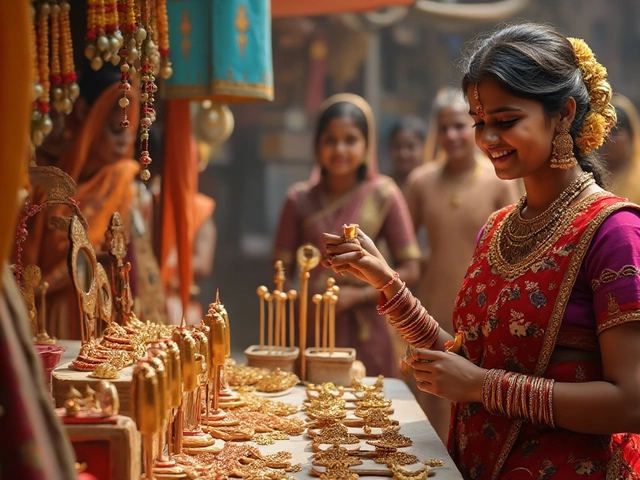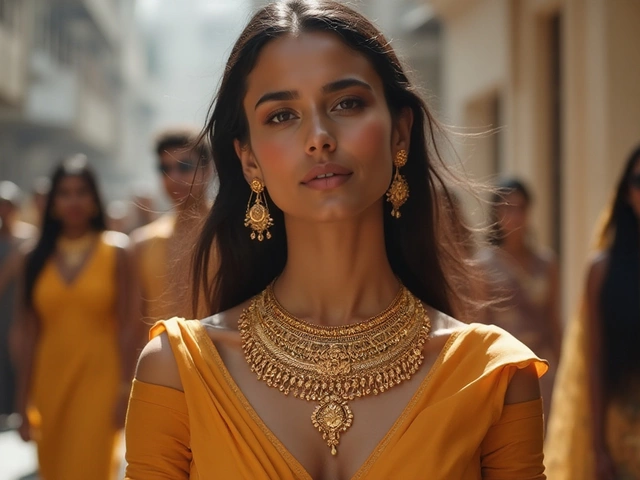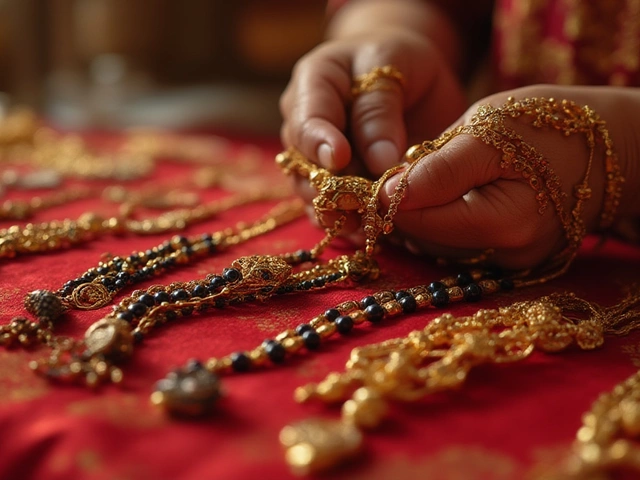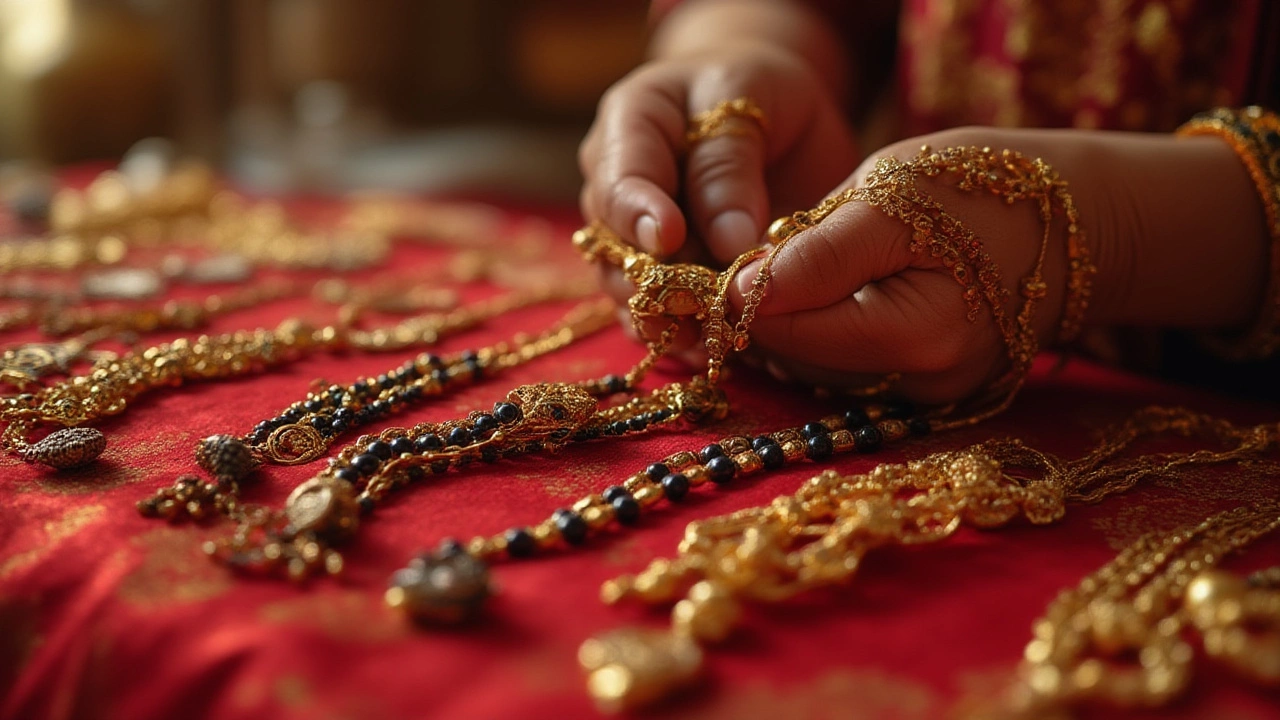
Ever wondered why your aunt says the bead count in a mangalsutra matters, or why some pieces have different patterns and numbers than others? The humble mangalsutra isn’t just a necklace—each tiny black bead supposedly guards a marriage, a personal story, a tradition you can literally count on your fingers. It’s more than jewelry—it’s legacy, identity, and a symbol people from Mumbai to Chennai swear by. But crack open the jewelry box, and you’ll see a surprising mix of patterns, numbers, and odd rules. Where do those numbers come from, and does it really matter if your mangalsutra has 9 beads or 101?
The Meaning Behind Mangalsutra Beads: Myths, Stories, and Symbolism
Dig into the roots of the mangalsutra, and you’ll find its significance is deeper than sparkling gold. Most people associate the mangalsutra beads with protection—the black beads are believed to keep away bad vibes, or as my grandmother says, “all those evil eyes trying to steal your happiness.” According to classic Hindu belief, the mangalsutra acts as a shield, with every bead adding a little reinforcement. But it’s not just about warding off curses. The number of beads, the arrangement, and the material (sometimes gold, sometimes glass) are all woven in with cultural identity. Maharashtra brides often wear a mangalsutra with two vatis (gold cups), while in Tamil Nadu, the thaali (the region’s version of mangalsutra) is a flat gold pendant with or without beads.
Stories swirl around these bead counts. North India brides are often told to have 9, 21, or 51 beads—each said to represent good wishes for their marriage. Some say the odd numbers are luckier; others claim every region has its lucky count. In Bengal, the design focus is more on the gold pendant, with fewer beads, while in Andhra Pradesh, bead-heavy strands are a norm. I’ve even seen friends’ mangalsutras blessed by priests who count out the beads during the wedding. For the most traditional mangalsutras, there’s usually a focus on odd numbers, like 9, 21, 35, or 51, based on ancient beliefs about numbers. From a symbolic angle, the beads remind the couple of promises made, or simply the many years they hope to stay together.
Traditional Bead Counts and What They Signify
You’d expect some standard rule, but here’s the twist: there isn’t truly a “universal” number for everyone. Different cultures and even different families pick different numbers, sometimes guided by local customs, family astrologers, or pure aesthetics. Here’s a snapshot of bead counts and their common meanings:
- 9 beads: The number 9 is linked with eternity—think "forever and ever” in relationships, with some texts pointing to the 9 forms of Goddess Durga for protection.
- 21 beads: This number often pops up in Maharashtrian traditions, believed to amplify the auspicious nature or signify 21 blessings for the bride’s married life.
- 51 or 108 beads: The number 108 is special in Hinduism, matching the beads in a japa mala (prayer necklace), echoing spiritual connection and well-being. Some families use 51 for similar symbolic reasons.
| Region | Typical Bead Count | Key Symbolism |
|---|---|---|
| Maharashtra | 21 or 24 | Twice-blessed/coupled life |
| North India | 9, 21, 51 | Protection, luck |
| South India | Varies (few beads, focus on pendant) | Family custom |
| Gujarat | 27 | Prosperity |
| Andhra Pradesh | 54 or 108 | Spirituality, tradition |
Some traditions stray from any fixed count, going just by the number that looks good or matches a specific pendant. Nobody’s handing out fines for getting it “wrong.” In fact, a friend’s mother-in-law swears by 24 beads (even numbers!)—for her, it’s just always been the “right” look in their family. And for folks who love stats, a quick survey of Indian jewelers in 2024 found 21 and 9 were the most requested counts, especially in cities. Rural areas often stick to higher numbers or simply what’s affordable.
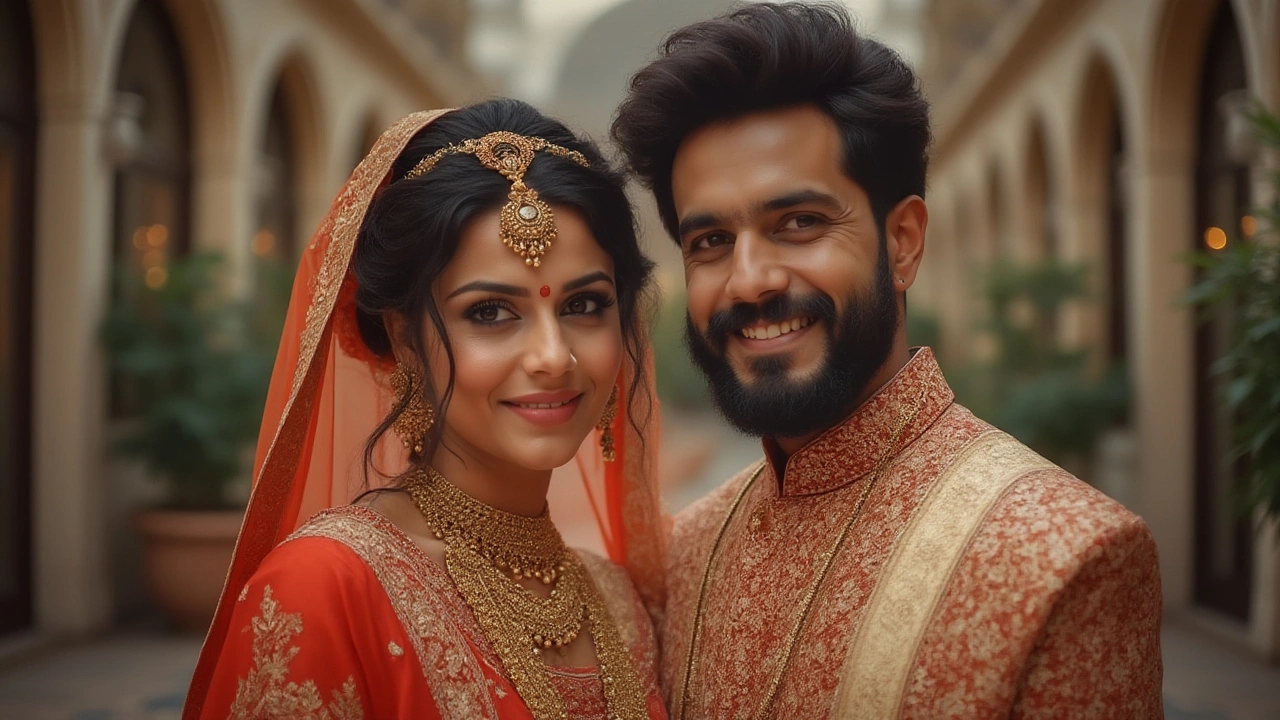
Modern Mangalsutra Designs: Do Bead Counts Still Matter?
Peeking into showroom windows, you might think mangalsutras are going through a tiny revolution. These days, you’ll find everything from heavy bead-and-gold chains to sleek, office-friendly diamond pendants with barely any beads at all. While some families still stick to tradition (my neighbor’s mangalsutra has precisely 21 beads, no more, no less!), others are open to totally fresh ideas. Young couples often opt for simple two-bead chains, shorter lengths, or even creative mangalsutra bracelets and rings. Even Bollywood stars show off their minimalist mangalsutras, sometimes with single pendants and just a hint of traditional beads.
Don’t be surprised if a modern mangalsutra swaps out black glass beads for black onyx, or if the pendant is all that stands out. In fact, a 2023 trend report showed that nearly 35% of urban buyers now pick mangalsutras inspired by Western necklaces, with the bead count taking a back seat to style and comfort. Diamond-studded versions with delicate chains and fewer beads are all about personal taste rather than tradition. The important part, for most couples now, is that one or two black beads are present somewhere in the design—almost like a nod to their roots, while giving freedom to play with the rest.
Even so, some things refuse to go out of style. Classic double-strand mangalsutras with an odd count of black beads remain the bestseller in many Indian jewelry stores, especially around wedding season. But designers are also seeing couples who want to design their own mangalsutras, adjusting bead counts, sizes, and even mixing materials. The trick is this: talk with your family and see what matters most. If you’re drawn by tradition, pick a number significant to your region or community. If you want to keep things simple, focus on meaning and comfort instead of counting each bead.
How to Choose: Tips, Regional Practices, and Custom Bead Suggestions
So how do you decide the number of beads in your mangalsutra? Here are a few things to keep in mind if you want a piece that’s meaningful and stylish:
- Ask About Family Preferences: There’s often an unwritten rule in families when it comes to religious jewelry. Even if you don’t care personally, your mom or mother-in-law might. Trust me—this avoids any awkward dinner conversations.
- Consider Customization: Jewelers are happy to tweak designs. Want 17 beads? 31? Mix it up with gold and black? No problem. Some even offer to engrave initials or special dates on pendants now.
- Balance Beauty and Comfort: Heavier, bead-laden mangalsutras look gorgeous at weddings but might feel bulky day-to-day. My sister had her heavy mangalsutra remade into a lighter, shorter version with 9 beads and a cute heart pendant.
- Factor in Religious or Regional Advice: If your wedding ceremony includes a priest or specific rituals, check if there’s a suggested number of beads. Some priests will count out each bead during blessings, so it might matter more to your extended family than you think.
- Black Beads or Not?: It’s the black beads that are “essential” according to tradition, representing protection. If you want a modern style but can’t skip the symbolism, even two black beads can do the job in a contemporary chain.
You don’t have to follow any one script—think of it like picking the perfect playlist for a road trip: some songs are old classics everyone expects, others are just your personal favorites. The same goes for bead counts in mangalsutra: some patterns matter to tradition, others simply look or feel right. And in the end, the right number is the one that feels meaningful for you, your partner, and maybe a cheeky nod to those family expectations you just can’t ditch. Just make sure it’s comfortable enough to wear whether you're running after your kids (like I do with Felix) or taking Sparky out for a walk. That’s the sort of practical charm I can get behind any day.
